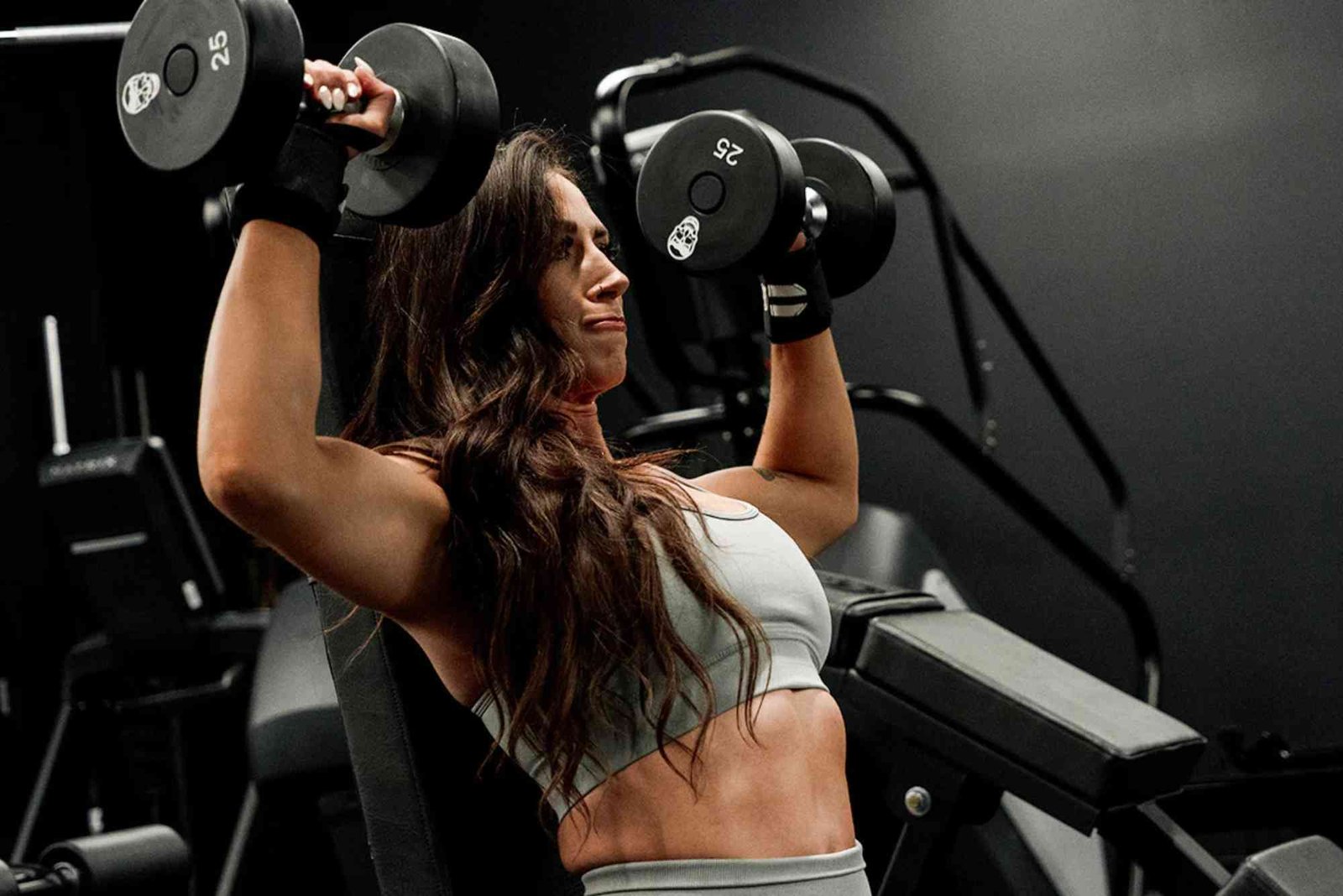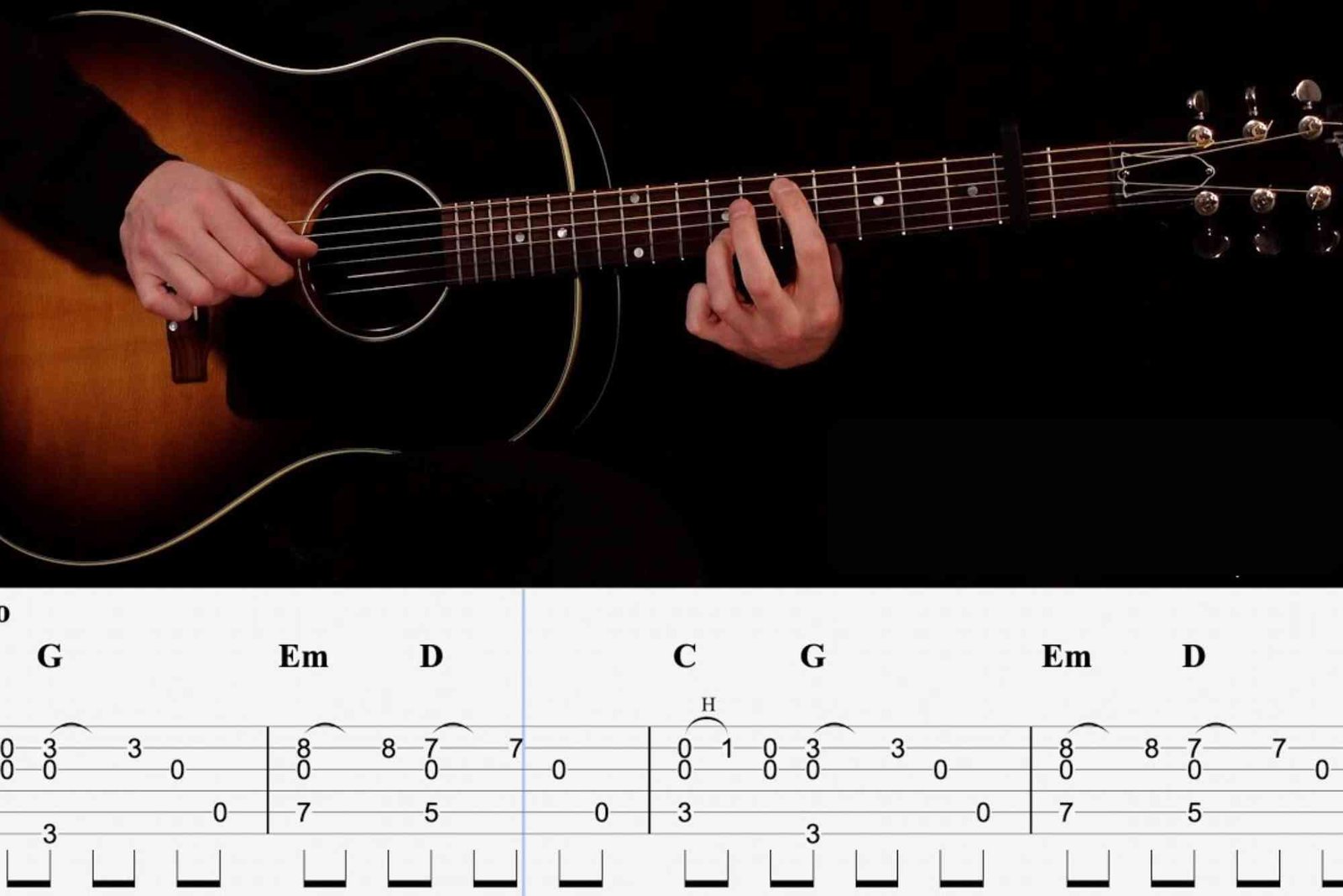Introduction
A well-built chest not only enhances your upper body aesthetics but also boosts your overall strength and performance. Whether you’re a beginner or a regular gym-goer, understanding the right chest exercises for gym workouts is essential to achieve balanced muscle growth. This guide explores practical tips, effective techniques, and proven exercises to maximize your chest training results.
Understanding the Importance of Chest Training
Your chest, or pectoral muscles, plays a crucial role in almost every upper-body movement — from pushing a door to performing athletic actions. Training your chest helps improve strength, posture, and endurance while giving your physique a strong and sculpted look. Moreover, strong pectorals support shoulder stability, reducing the risk of injury during compound exercises.
How Chest Muscles Work During Workouts
The chest muscles primarily consist of two parts:
-
Pectoralis Major — the large muscle covering the upper chest that gives shape and volume.
-
Pectoralis Minor — located underneath the major muscle, aiding shoulder and arm movement.
Each chest exercise for gym workouts targets these muscles differently, depending on angles, grips, and resistance types. For instance, incline presses emphasize the upper chest, while flat and decline movements target the middle and lower sections.
Practical Tips for Effective Chest Training
Warm-Up Properly
Before lifting heavy weights, warm up your chest muscles with light cardio and dynamic stretches. Movements like arm circles, push-ups, or resistance band flyes prepare your joints and increase blood flow, reducing injury risk.
Focus on Form Over Weight
Proper form ensures muscle engagement and minimizes strain. Keep your shoulders retracted, maintain a stable core, and lower weights slowly to maximize tension on the chest rather than relying on momentum.
Incorporate a Variety of Movements
The chest develops best when trained from multiple angles. Combine pressing and fly movements — both flat and inclined — to ensure complete stimulation of the muscle fibers.
Use Progressive Overload
To build strength and mass, gradually increase resistance or repetitions over time. Small increments can make a significant difference in long-term muscle growth.
Prioritize Recovery
Muscle repair occurs during rest. Give your chest at least 48 hours to recover between sessions and support growth with proper nutrition and hydration.
Best Chest Exercises for Gym Workouts
Bench Press
A staple in chest training, the bench press targets the pectoralis major while engaging the shoulders and triceps. Use a barbell or dumbbells for variation. Lower the weight slowly until it’s close to your chest, then press upward while maintaining control.
Incline Dumbbell Press
This movement emphasizes the upper chest. Adjust the bench to a 30–45° incline. Keep your elbows slightly bent, press the dumbbells up, and squeeze the chest at the top of the movement.
Chest Fly (Flat or Incline)
Chest flyes isolate the chest muscles and improve flexibility. Use moderate weights and perform controlled movements — extend your arms wide until you feel a stretch, then bring them together like you’re hugging a tree.
Decline Press
For a well-rounded chest, the decline press targets the lower pectoral region. Use a decline bench and keep your grip firm. Focus on the downward angle to engage the lower muscle fibers effectively.
Push-Ups
A timeless exercise that can be performed anywhere. Push-ups activate the chest, shoulders, and triceps. Modify hand positions — wide, diamond, or elevated — to target different muscle areas.
Cable Crossovers
Cable machines allow continuous tension, which enhances muscle engagement. Start with the pulleys above shoulder height, bring the handles together in front of your chest, and contract at the center.
Common Mistakes to Avoid During Chest Workouts
Skipping warm-ups, lifting too heavy, or relying solely on machines can limit results. Another common mistake is neglecting the full range of motion — partial reps reduce muscle activation. Maintain controlled movements and prioritize quality over quantity.
How to Structure a Chest Workout Routine
A balanced chest workout includes pressing, fly, and compound movements. A sample routine might look like this:
-
Barbell Bench Press: 4 sets of 8–10 reps
-
Incline Dumbbell Press: 3 sets of 10–12 reps
-
Cable Fly: 3 sets of 12–15 reps
-
Push-Ups (finisher): 2 sets to failure
Adjust the volume and intensity according to your fitness level and goals.
Nutrition Tips for Chest Muscle Growth
Muscle development depends not just on workouts but also on proper nutrition. Include protein-rich foods like eggs, chicken, fish, and lentils to support repair and growth. Combine these with healthy carbohydrates and fats for balanced energy levels during workouts.
Hydration also plays a vital role — drink enough water to support muscle recovery and reduce fatigue.
Recovery and Stretching
After training, perform light stretches to relax the chest muscles. Stretching promotes flexibility and improves posture. Sleep is equally crucial — aim for 7–8 hours of rest to allow the body to rebuild muscle tissue efficiently.
Related Sports & Fitness Insights
To explore more training and fitness techniques, visit Related Sports & Fitness article. You’ll find valuable resources on workout planning, recovery, and nutrition for athletes of all levels.
FAQs
What are the best chest exercises for beginners?
Push-ups, dumbbell presses, and machine chest presses are great for beginners to build foundational strength.
How many times a week should I train my chest?
Train your chest 1–2 times per week, allowing 48 hours between sessions for optimal recovery.
How long does it take to see chest growth?
Visible results typically appear after 8–12 weeks of consistent training, proper diet, and rest.
Can I train chest and triceps together?
Yes, chest and triceps complement each other since both are involved in pressing movements, making them an efficient pairing.
Do I need to lift heavy to grow my chest?
Not necessarily. Focus on proper form, moderate weights, and controlled repetitions for steady muscle development.
Building a strong, defined chest requires dedication, proper technique, and balanced training. By following these practical chest exercises for gym workouts, you’ll not only enhance muscle tone but also improve upper body performance. Stay consistent, fuel your body right, and give your muscles time to recover.
For deeper insights into chest training and other fitness routines, visit Chest Exercises For Gym Workouts. If you want expert opinions on health and training science, explore More details for professional insights.








